Trump–Putin Alaska Summit: Could a Land Swap Redraw Ukraine’s Map?
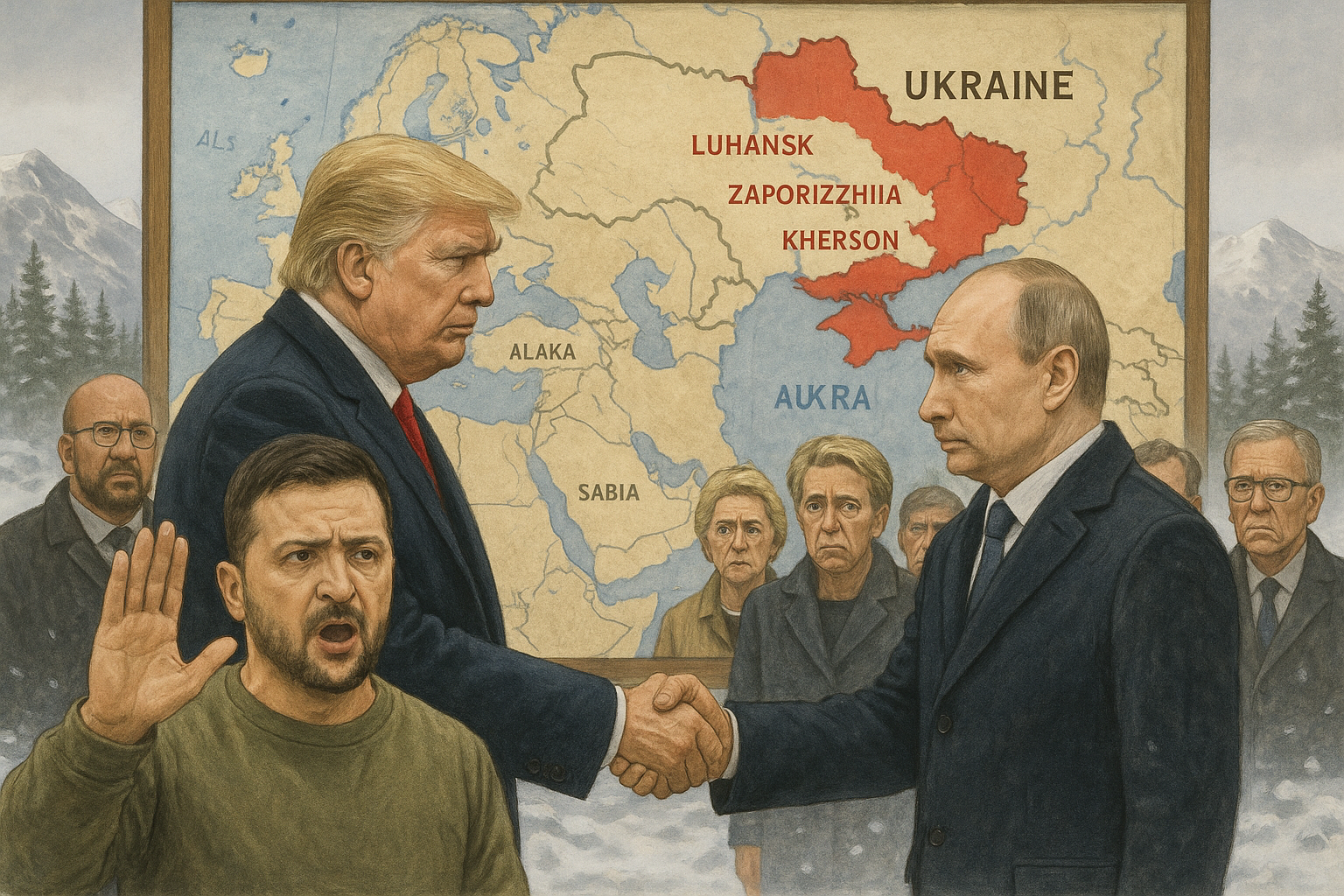
A Proposal That Stunned the World
The world is holding its breath as former U.S. President Donald Trump openly floated the idea of a territorial land swap between Russia and Ukraine. This isn’t a quiet backroom rumor—it’s a public statement ahead of his planned meeting with Vladimir Putin in Alaska on August 15, 2025. The idea? Ukraine could lose control over parts of its eastern territories—Donetsk, Luhansk, Zaporizhzhia, Kherson, and Crimea—in exchange for a potential ceasefire.
It’s a suggestion that has sparked outrage, fear, and fierce debate across the globe.
Why This Land Swap Matters
A territorial deal between two major powers sounds like a quick fix, but it carries deep consequences:
- It questions international law – Giving away land under force risks setting a precedent that could encourage future invasions.
- It reshapes global security – This isn’t just about Ukraine. If conquest is rewarded, other regions might face similar threats.
- It shifts the balance of diplomacy – Bypassing Ukraine in talks could weaken the unity of Western allies.
Ukraine’s Firm “No”
President Volodymyr Zelensky wasted no time. He called the idea unconstitutional, likening it to a “second partition” of Ukraine. Under Ukraine’s constitution, changing borders requires either a public referendum or a constitutional amendment—both highly unlikely in wartime.
His message to Trump and the world was clear: “No deals about Ukraine without Ukraine.”
Europe Pushes Back
European leaders also reacted strongly. Their stance:
- No land-for-peace deal without Ukraine’s consent.
- Recognizing Russian control would legitimize invasion and erode decades of international norms.
- Such a move could be as dangerous as the 1938 Munich Agreement, which gave Nazi Germany territory at the expense of Czechoslovakia.
The U.S. Legal Maze
Even if Trump wanted to push through such a deal, the U.S. system makes it complicated:
- A Senate-approved treaty would require a two-thirds majority—an uphill battle.
- An executive agreement could bypass Congress, but it’s a messy and politically risky path.
Risks Beyond the Map
1. Strategic Erosion
Allowing Russia to keep captured land could embolden other aggressors. The message? “If you take it and hold it long enough, you get to keep it.”
2. Humanitarian Crisis
Millions living in these regions could lose rights, face persecution, or be forced to flee.
3. Security Vacuum
Ukraine might lose not just territory but also strategic positions, making it harder to defend the rest of the country.
4. Normalization of Aggression
A temporary ceasefire could easily become a permanent status quo—locking in Russia’s gains without real peace.
5. Diplomatic Isolation for Ukraine
If the U.S. and Russia negotiate without Kyiv, Ukraine’s seat at the table shrinks, and its leverage disappears.
Why This Summit Feels Different
This isn’t just another high-profile meeting. The Alaska summit is the first U.S.-hosted meeting with Russia since 1988. The optics alone—Trump hosting Putin—could signal to the world that Washington is open to Russia’s position, even without a formal agreement.
The symbolism is powerful, and in geopolitics, symbolism can be as important as action.
Final Thoughts: The Danger of Deals Without the People
History has shown that deals made over the heads of the people they affect rarely last. Whether in Munich in 1938 or Alaska in 2025, the stakes are more than just lines on a map—they’re about human lives, sovereignty, and the rules that keep the world stable.


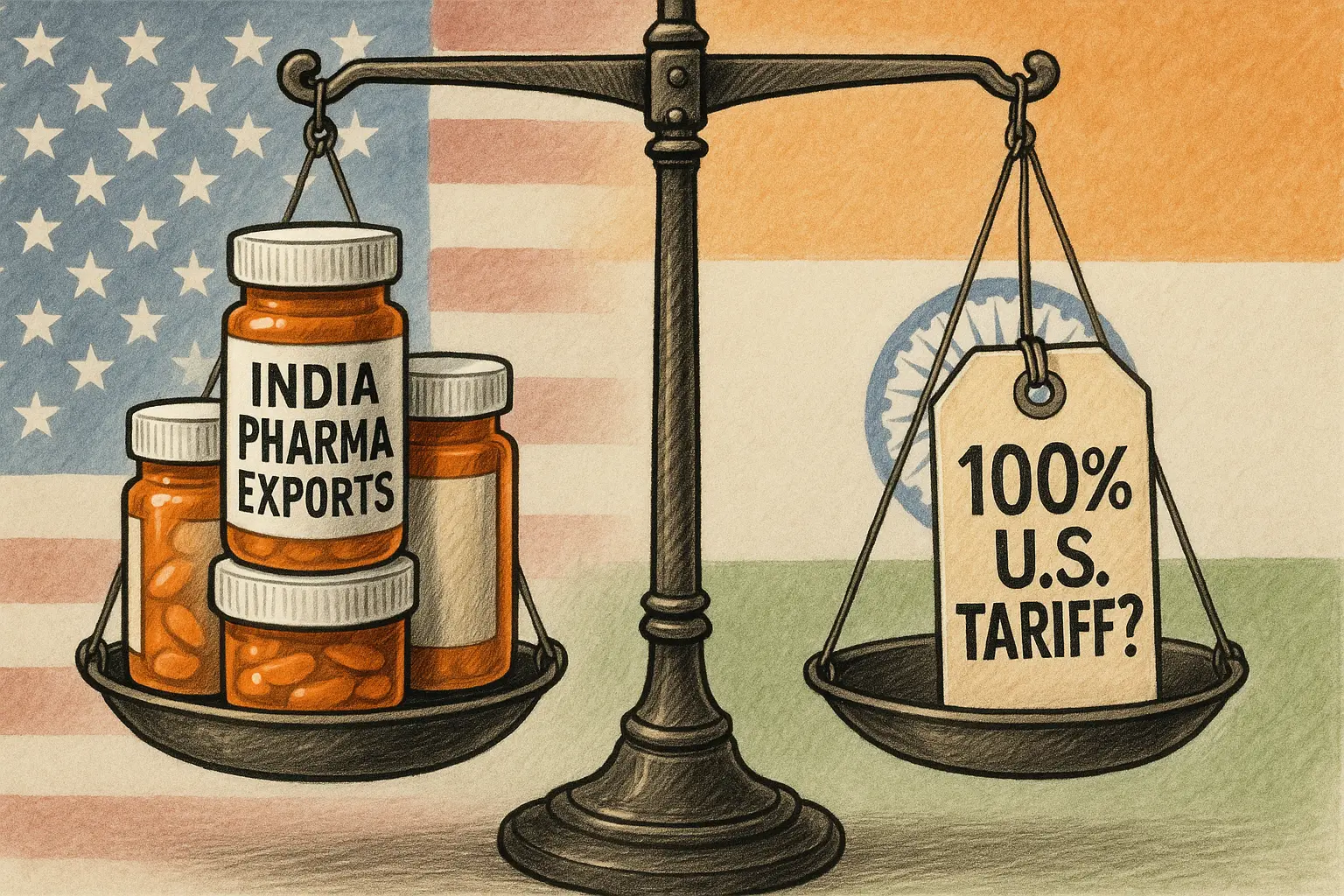

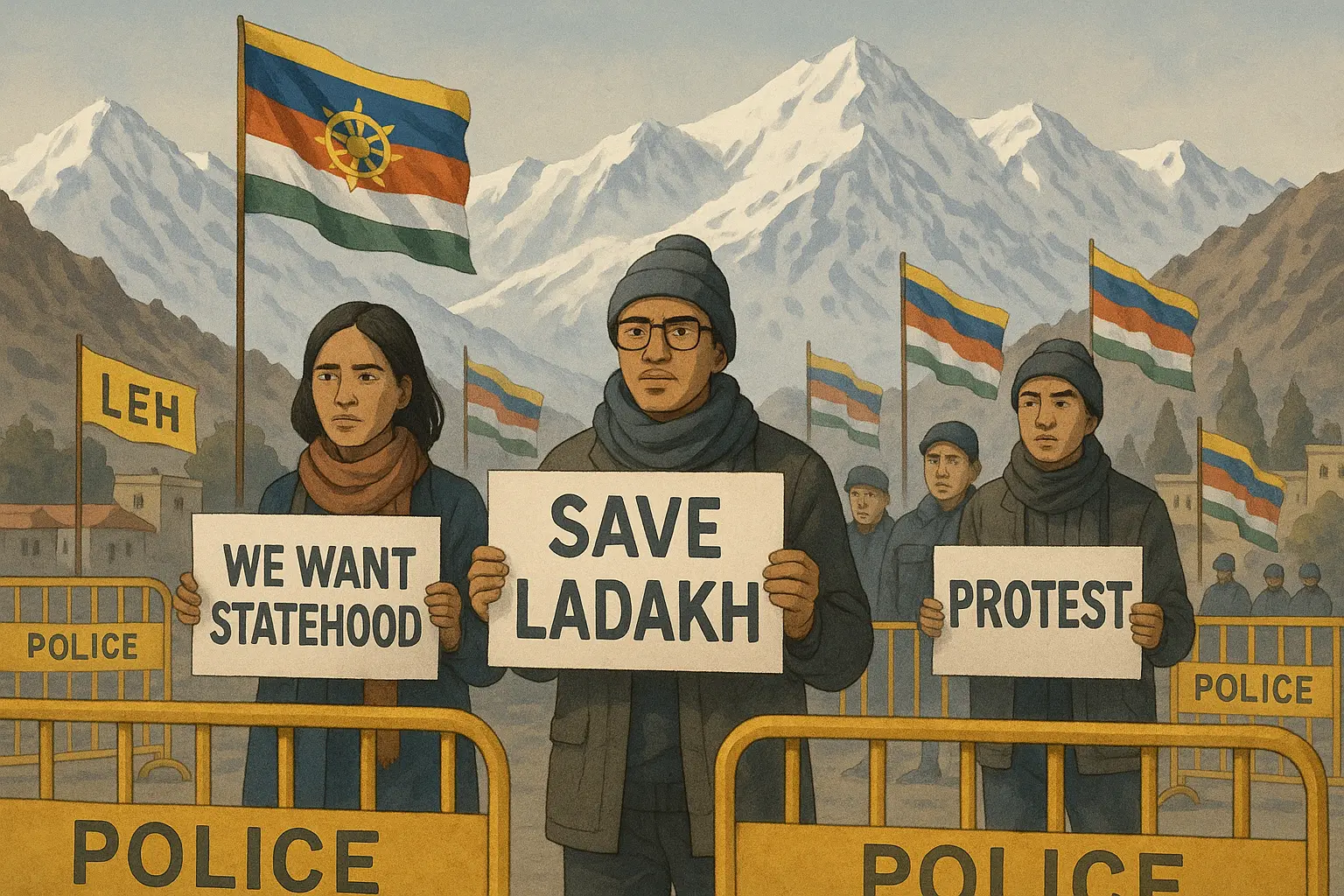
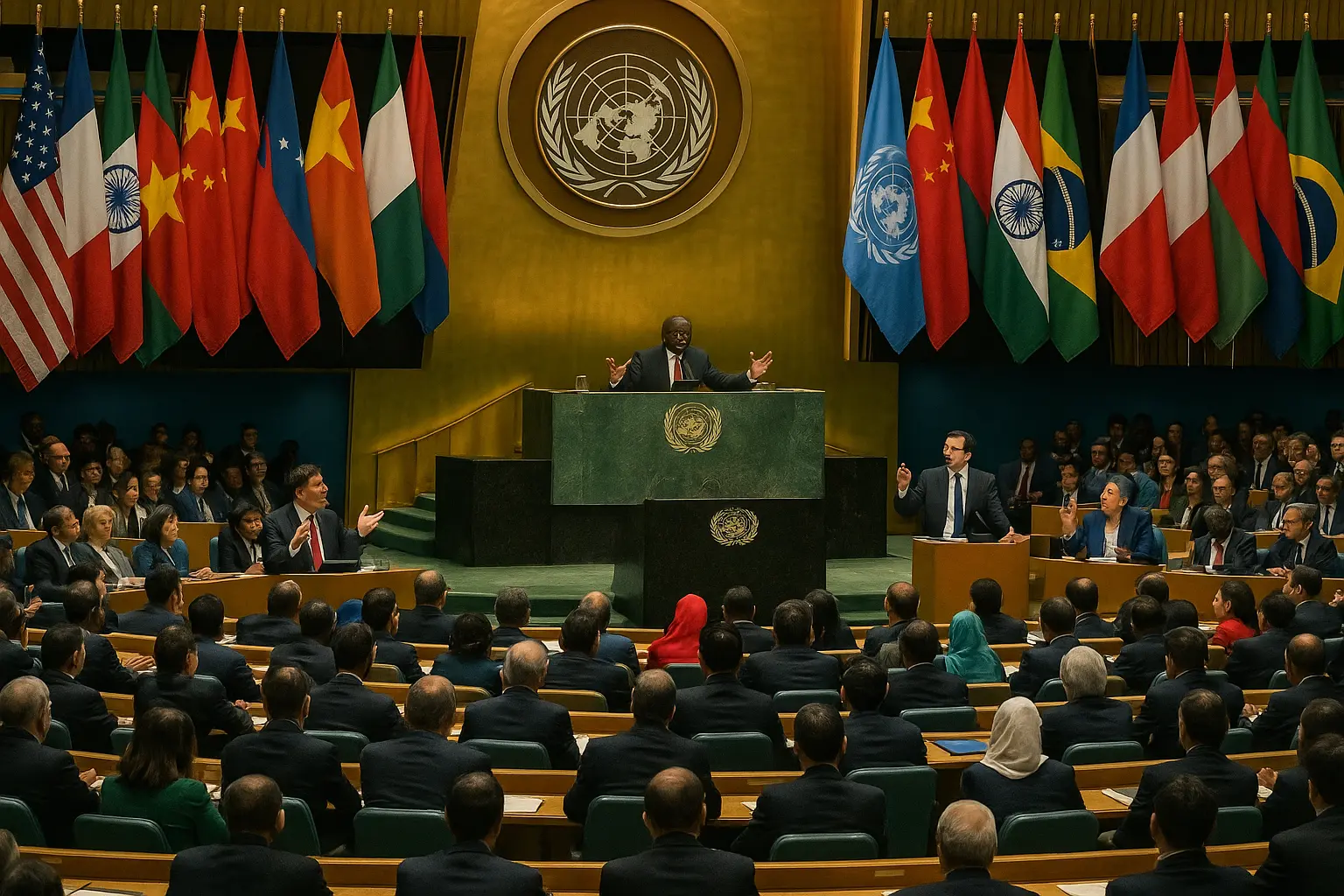
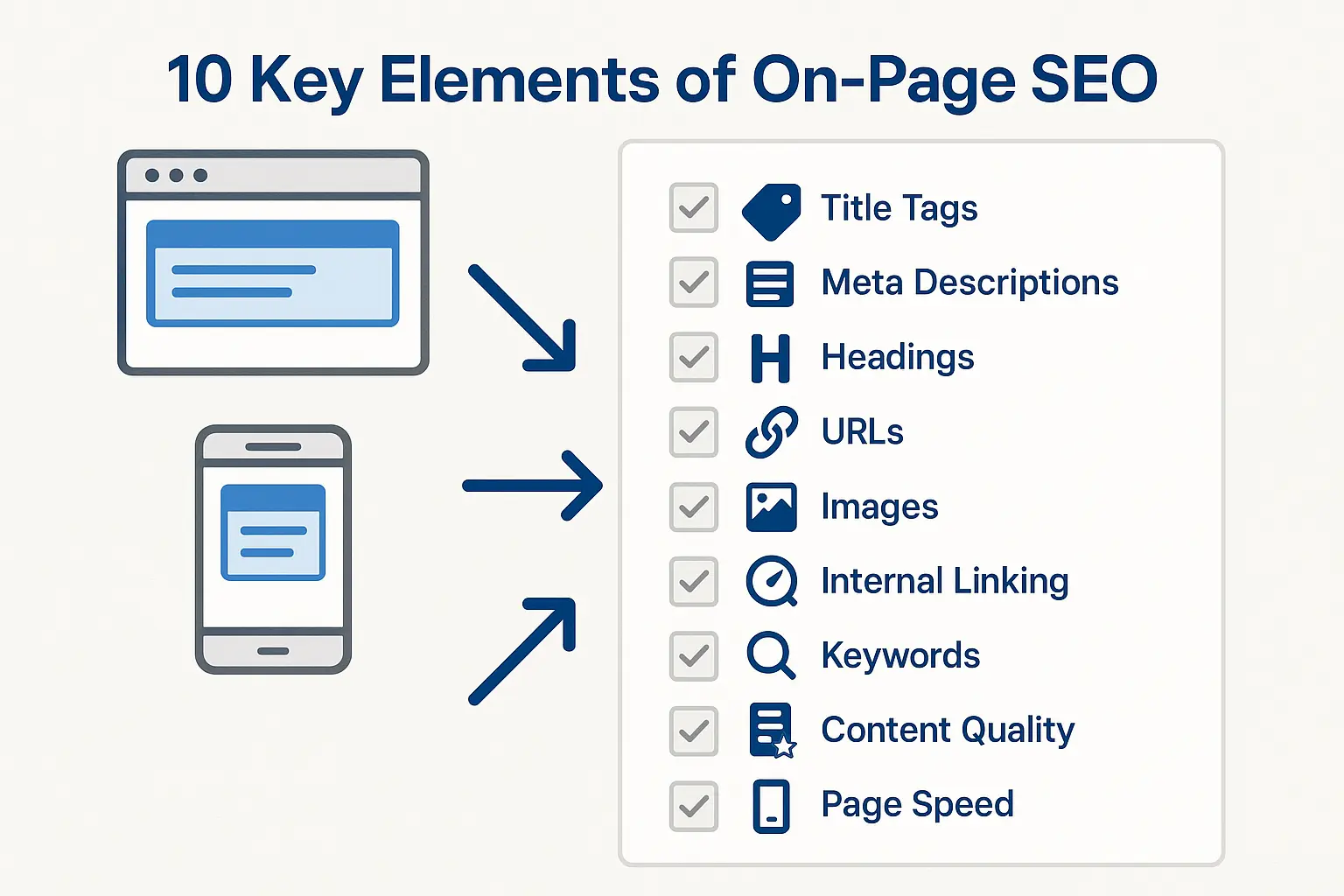
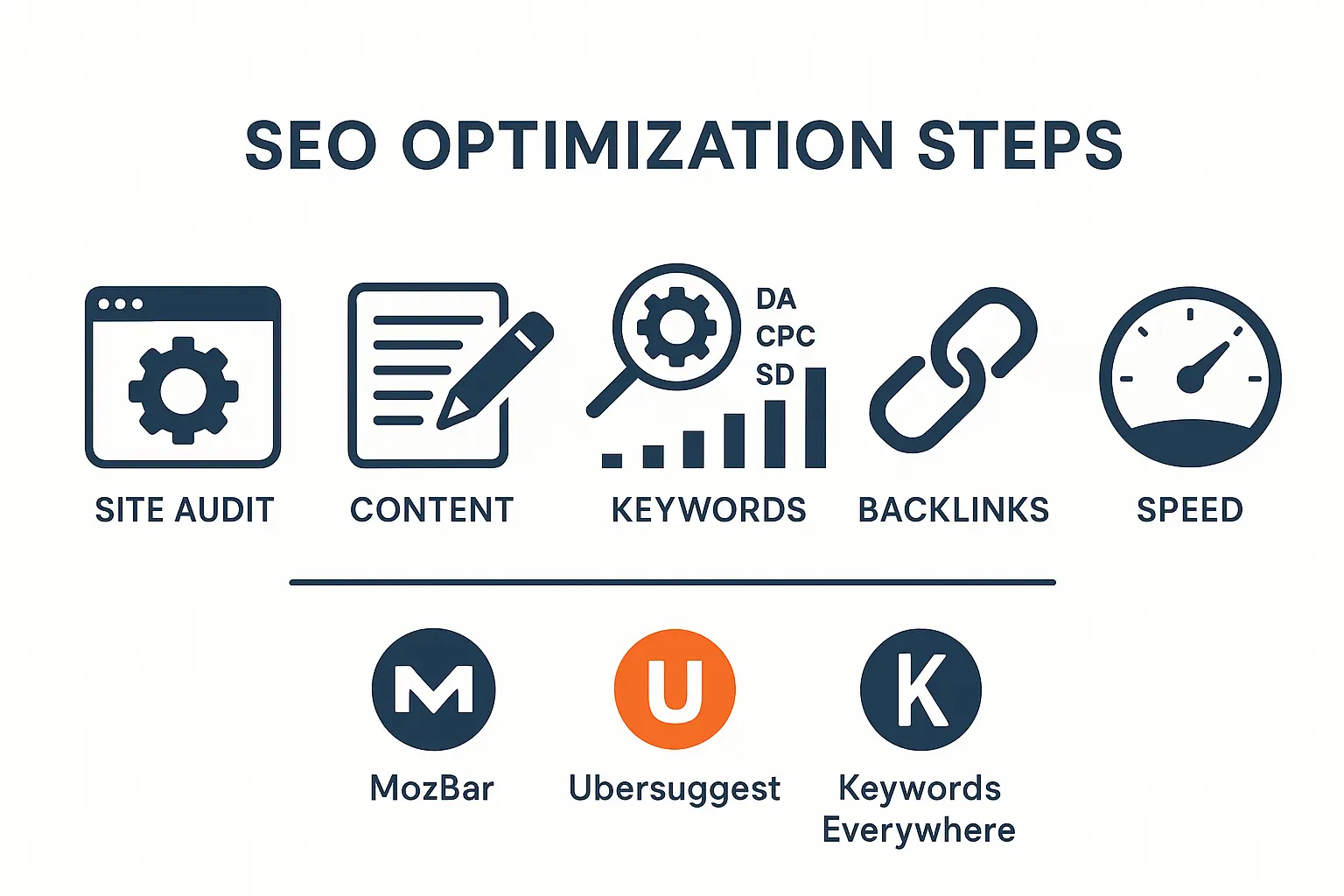
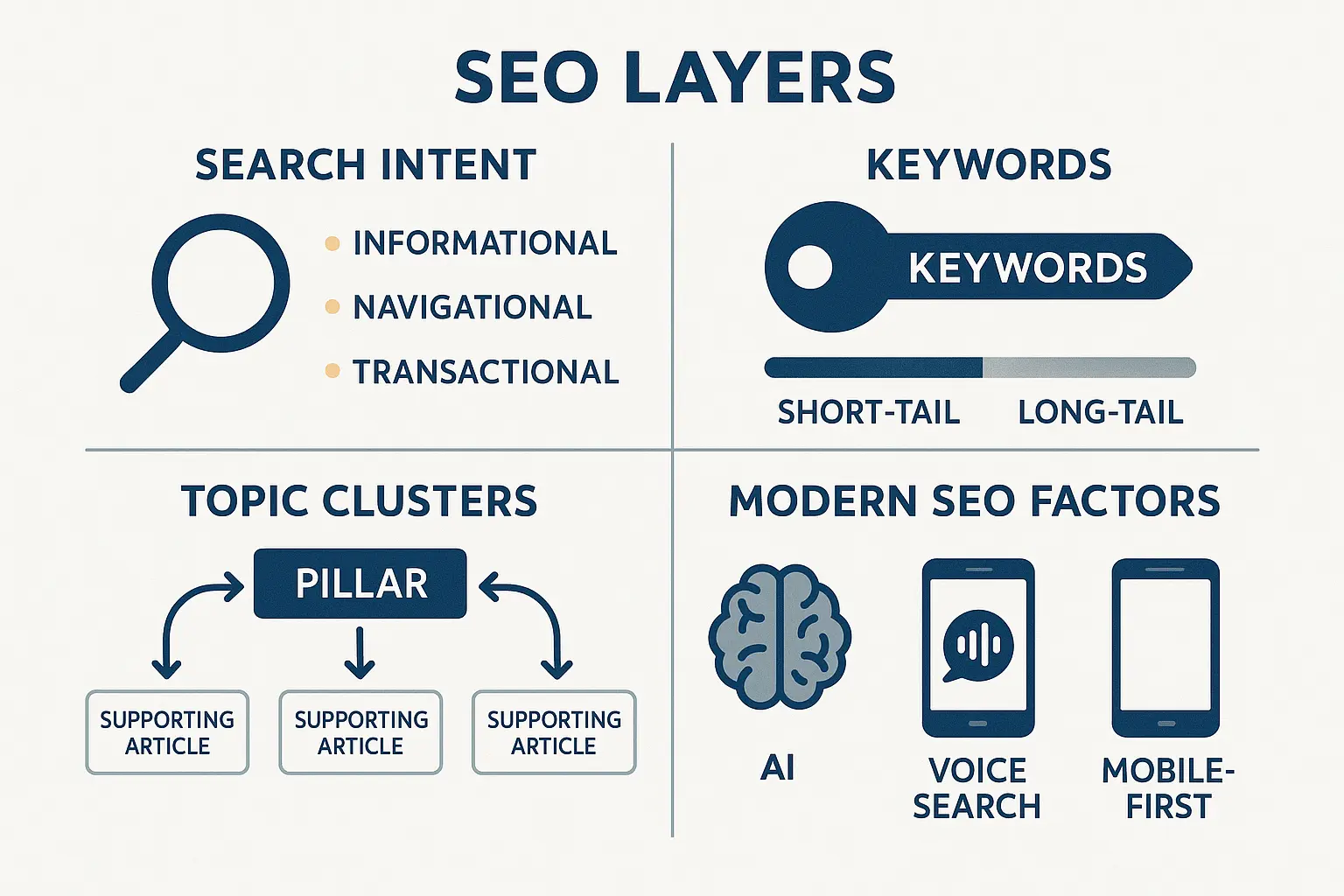
No comments yet. Be the first to comment!